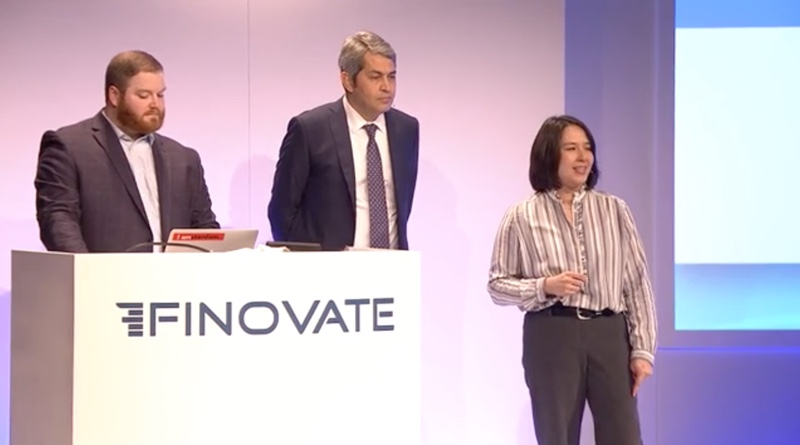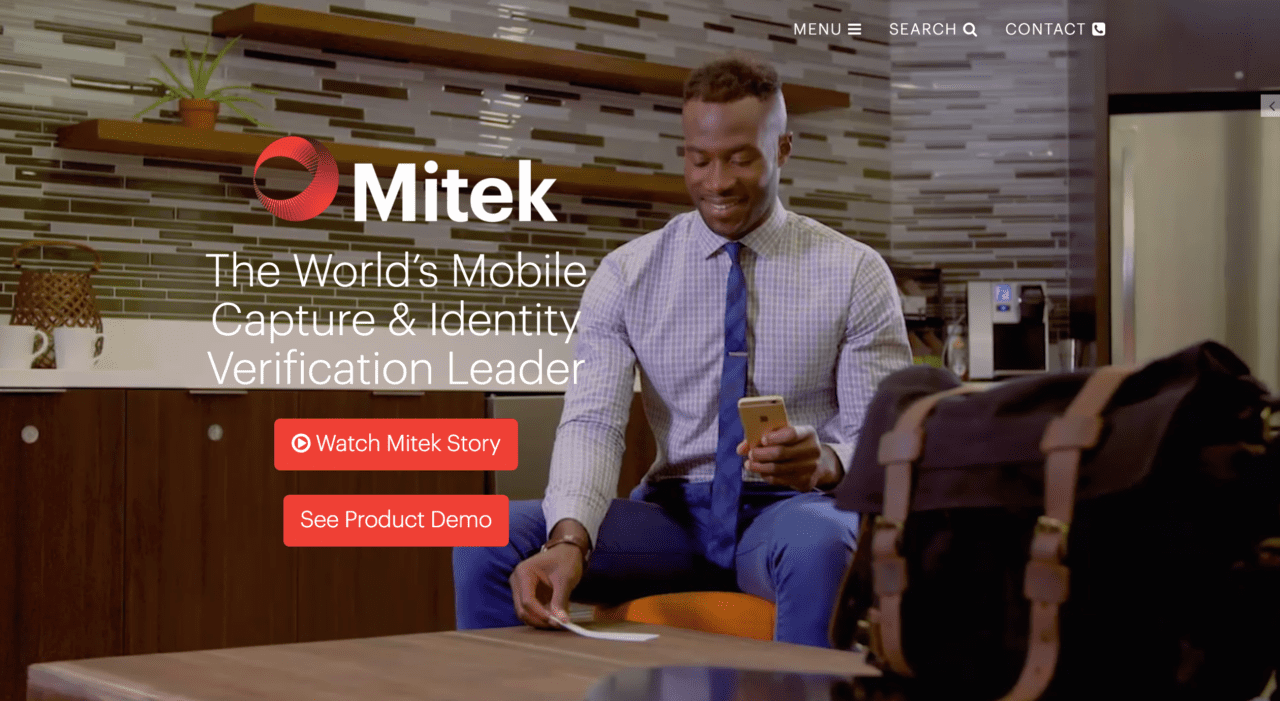Digital identity verification company Mitek is bolstering its capabilities this week with the acquisition of A2iA, an artificial intelligence and image analysis company, for $49.7 million. This is Mitek’s second acquisition in under a year– last October the company acquired ICAR for $15 million.
A2iA leverages AI and machine learning to create algorithms that process millions of checks, IDs and documents daily for financial services companies, retailers, mobile operators, healthcare providers, and governments. The company, which pulled in revenues of more than $15 million last year, works in more than 42 countries and 11 languages. A2iA’s software is used by top U.S. banks as well as all banks in the U.K., 90% of French banks, and 90% of Brazilian banks. It is leveraged by more than 75,000 ATMs worldwide.
In the press release, James B. DeBello, CEO and Chairman of Mitek said that he anticipates the acquisition to help Mitek get ahead in the industry. He added, “Mitek’s Mobile Verify product will be able to read government-issued identity documents even more accurately and quickly than today, and authenticate them using A2iA’s advanced AI algorithms, thereby increasing companies’ trust that their customers are who they say they are.” The move will also double the size of Mitek’s Labs team, a group that has been behind each of Mitek’s 39 patents.
Mitek software is deployed in 6,100 U.S. banks, including all 10 of the largest U.S. financial institutions, and is used by more than 80 million end consumers. The company is publicly traded on NASDAQ under the ticker “MITK” with a market cap of $305 million. Mitek was founded in 1985 and is headquartered in San Diego, California. The company most recently demoed its MobileVerify solution at FinovateFall 2017. Earlier this month, Mitek made headlines when it agreed to deliver digital KYC for cryptocurrency broker BTCDirect.













 Presenters
Presenters Sarah Clark, VP, Product & Customer Success
Sarah Clark, VP, Product & Customer Success